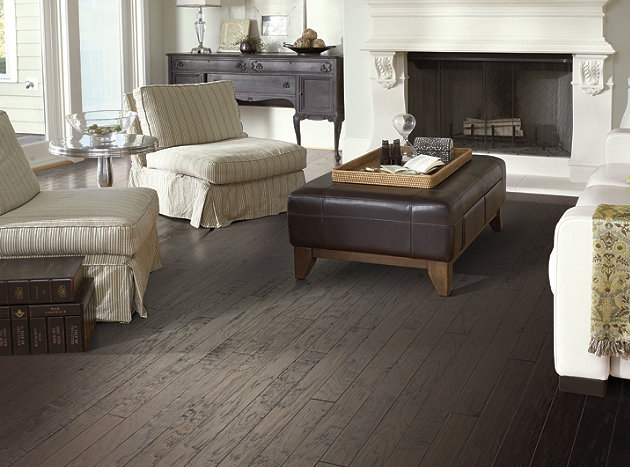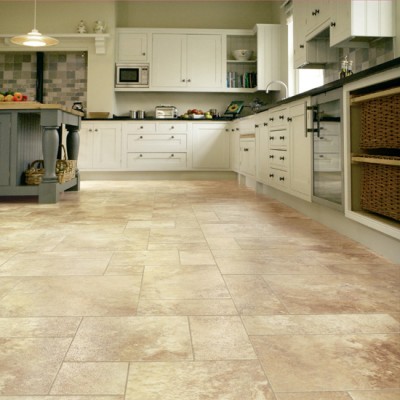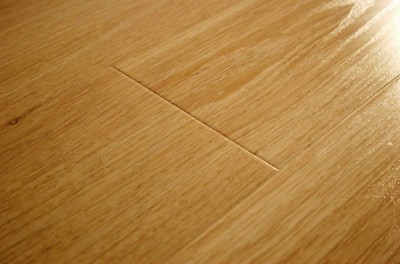Difference Between Vinyl and Laminate Flooring

Wooden floors have grown very popular throughout the world in the recent years. Wooden floors are not only durable but relatively cheaper than concrete floors as well. However, other synthetic materials have even replaced wood and they are getting extremely popular. Before you go for building up the floor of your house, you need to select the type of material which best suits your requirements. The selection of flooring material can be extremely vital in certain cases and you better be aware of the different types used for flooring purposes. The two most common types of flooring materials are vinyl and laminated flooring. These two serve the same purpose but there are some huge differences between them which you should know before you opt out any of it.
Polyvinyl Chloride (PVC) is among the most widely manufactured synthetic plastics all over the world and has a huge range of uses, including the flooring tiles. Vinyl floors are very durable, resistant to corrosion and have a great tensile strength. These types of flooring are made of tiles of PVC, attached to the wooden frame with synthetic adhesive.
Laminated flooring consists of multi-layer synthetic flooring tiles, which are fused together with a lamination process. These tiles are created by simulating wooden boards with a photographic applique layer beneath a protective layer. Laminated floors are relatively easier to install than the traditional hardwood floors and are very durable and hygienic as well.
Instructions
-
1
Vinyl Flooring
Vinyl flooring tiles are cheaper to buy and easier to clean than wooden floors. You can use them in any part of your house, including the bathroom and kitchen. Vinyl tiles are normally available in size of 12-inch squares and have a glue backing. You merely have to peel off the protective back layer and place the tiles to the desire place for installation. Vinyl flooring is also available in rolled vinyl tiles, which come in the form of 3-foot wide and 10 to 15 feet long rolls. These rolls do not have any glue backing and you have to apply adhesive for affixing them properly. Vinyl floors are waterproof but its colour might fade with time.
Image Courtesy: diabloflooring.com
-
2
Laminate Flooring
These flooring tiles are actually a combination of wood veneer and fiberboard. You don’t require to apply any glue or use nails to affix the laminated flooring. All you need is a mitre saw and tape measure and you can perform the entire installation process by yourself. Laminated flooring is also known as the floating floor, since no glue and nails are used for installing them. However, laminated flooring is not suitable for bathrooms or any other place with a lot of moisture, as water can cause it to wrap.
Image Courtesy: seedatcarpets.co.uk







